Key Takeaways:
- Human hearing spans from 20 Hz to 20,000 Hz.
- Hearing conversation in noise is challenging, especially when the noise has a similar frequency to human speech.
- Animals, such as dolphins and bats, have special hearing abilities compared to what humans can hear.
.png)
As an audiologist, I have had the privilege of working with patients with differing levels of hearing loss or hearing difficulty.
My job involves assessing hearing abilities, fitting hearing aids, and providing counseling to enhance communication skills. In my work, I have become fascinated by the complexity and beauty of the human auditory system.
In this article, I will explore what humans can hear, including frequencies, hearing in noise, directional hearing, and how it compares to an animal’s hearing ability.
Fair warning though—this stuff is so intriguing, you might just become an ear-nerd like me! So, please sit back and learn about this amazing sense that helps us to connect with the world.
What frequencies can humans hear?

One of the most critical aspects of hearing is our ability to perceive different frequencies. Humans can hear sounds ranging from about 20 Hz to 20,000 Hz.
The lower frequencies are associated with bass sounds like deep voices or bass drums, while the higher frequencies help us to hear high-pitched sounds like birds singing or a baby's cry. These frequencies bring us the joys of bass beats and bird songs, but it's the middle range that helps us understand speech.
Now, let's break this down. 👇
The Lowest Frequencies We Can Hear
So how low can we go when it comes to low-bass sounds? Well, picture a blue whale call, coming in at 10 to 40 Hz; that's as low as it gets for our ears.
20 Hz is the lowest sound the average human can hear.
You might be wondering what happens if there are sounds below 20 Hz. Sounds are pressure waves that move air particles. Can we perceive them at all? Any sounds below 20 Hz are classified as infrasound and can sometimes be perceived as vibration if the volume is loud enough.
Most people describe this sound as a mysterious pulsing sound that doesn't quite have a distinct pitch. In the inner ear, we have cells at specific areas of the cochlea for specific pitches. But when it comes to sounds lower than 20 Hz, there's a zone called the helicotrema in the inner ear that lacks the necessary cells to perceive them.
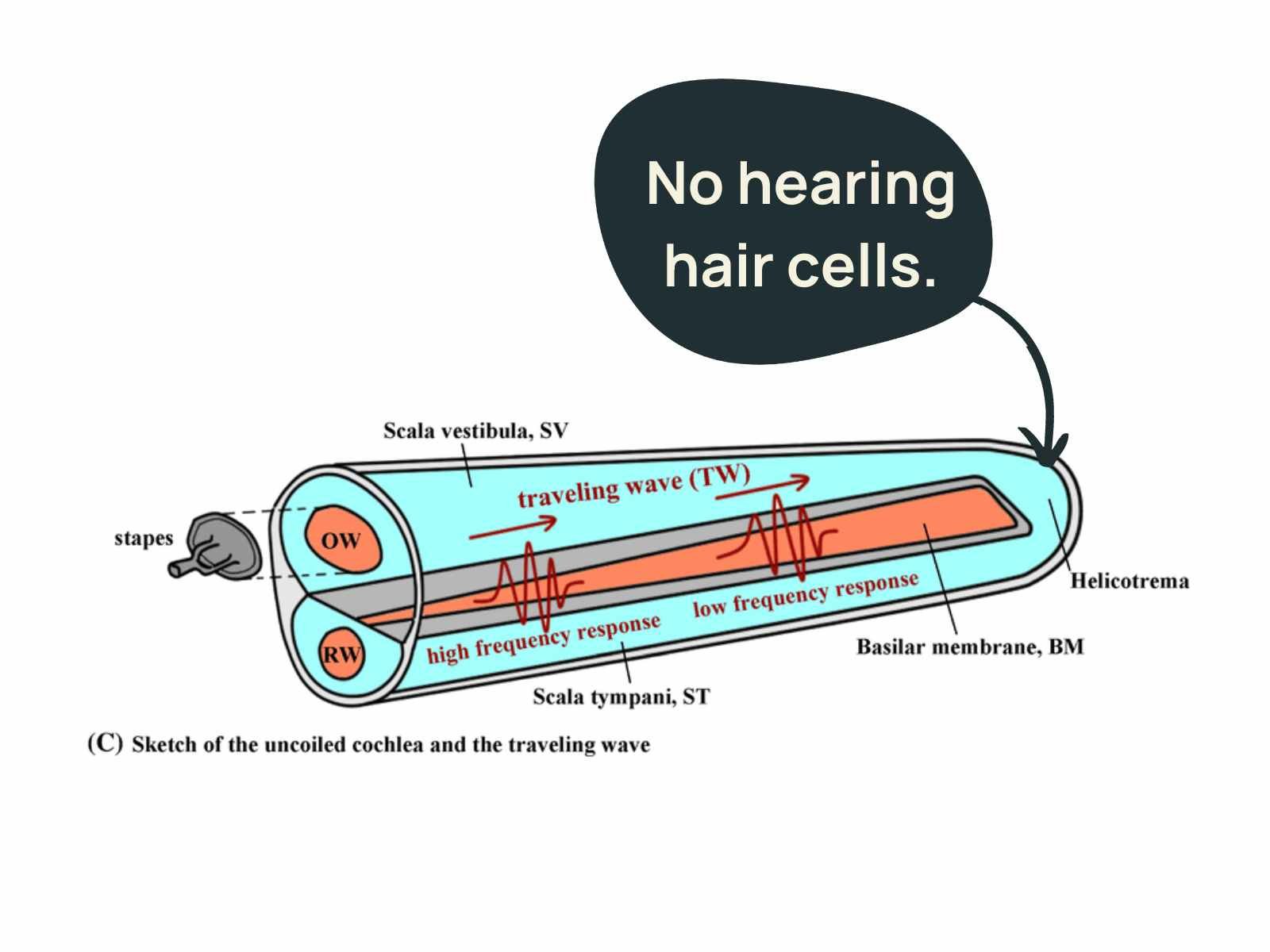
As you can see, no cells are here to perceive sounds below this pitch.
Reach for the Heights of Hearing
Now, let's move to the other end of the frequency spectrum.
Think of the delightful chirping of birds, the piercing whistles of dog whistles, or even those awe-inspiring opera singers. The highest note ever sung was by a Brazilian singer, Georgia Brown, estimated to be a G10. That's way above the highest note on a piano!
But here's the catch, most people can't even hear it because it's around 25,000 Hz, far beyond the human ear's limit of 20,000 Hz. Infants and young children have the best ability to hear these super high-frequency sounds.
By the time we reach our late twenties or early thirties, we start losing this ability (around 16 to 20 kHz).
As we age, our ability to hear higher frequencies usually continues to decline, making it harder to distinguish some sounds like speech consonants. This is why some older people complain of not being able to "hear clearly" even though they can hear loud sounds.
Do hearing aids amplify the lowest and highest sounds?
That's a great question! The answer is no.
Hearing aids do not generally amplify frequencies below 250 Hz. They mainly focus on the frequencies crucial for speech perception (250 - 4000 Hz).
However, for doctors and healthcare professionals who need to listen to heart and lung sounds, specialized equipment can help them hear those low-frequency sounds. Heart sounds, for example, may range from 20 to 650 Hz, with most critical sounds usually between 70 to 120 Hz. Want to know more about amplified stethoscopes? Check out this article.
Hearing In Noise

Another important aspect of hearing is our ability to hear in noise. Our auditory system is designed to filter out background noise and focus on the sounds that are most relevant to us.
This skill is known as speech in noise perception, which is crucial for effective communication. You've probably found yourself in a situation when the background noise was so loud that speech was challenging to understand without visual cues.
The reason for this difficulty is due to something called the signal-to-noise ratio.
Think of it this way: Speech is not a consistent volume but fluctuates within a range of volume and pitches.
For example, vowel sounds are louder and lower frequency sounds, while consonants are softer and higher frequency. In quiet, our brains don't have much trouble picking up on these peaks and valleys of spoken speech. But if we "fill in" the softer sounds with background noise, which is usually also lower frequency, it takes more focus and energy to tease out words in the presence of noise because we fill in those peaks and valleys of speech.
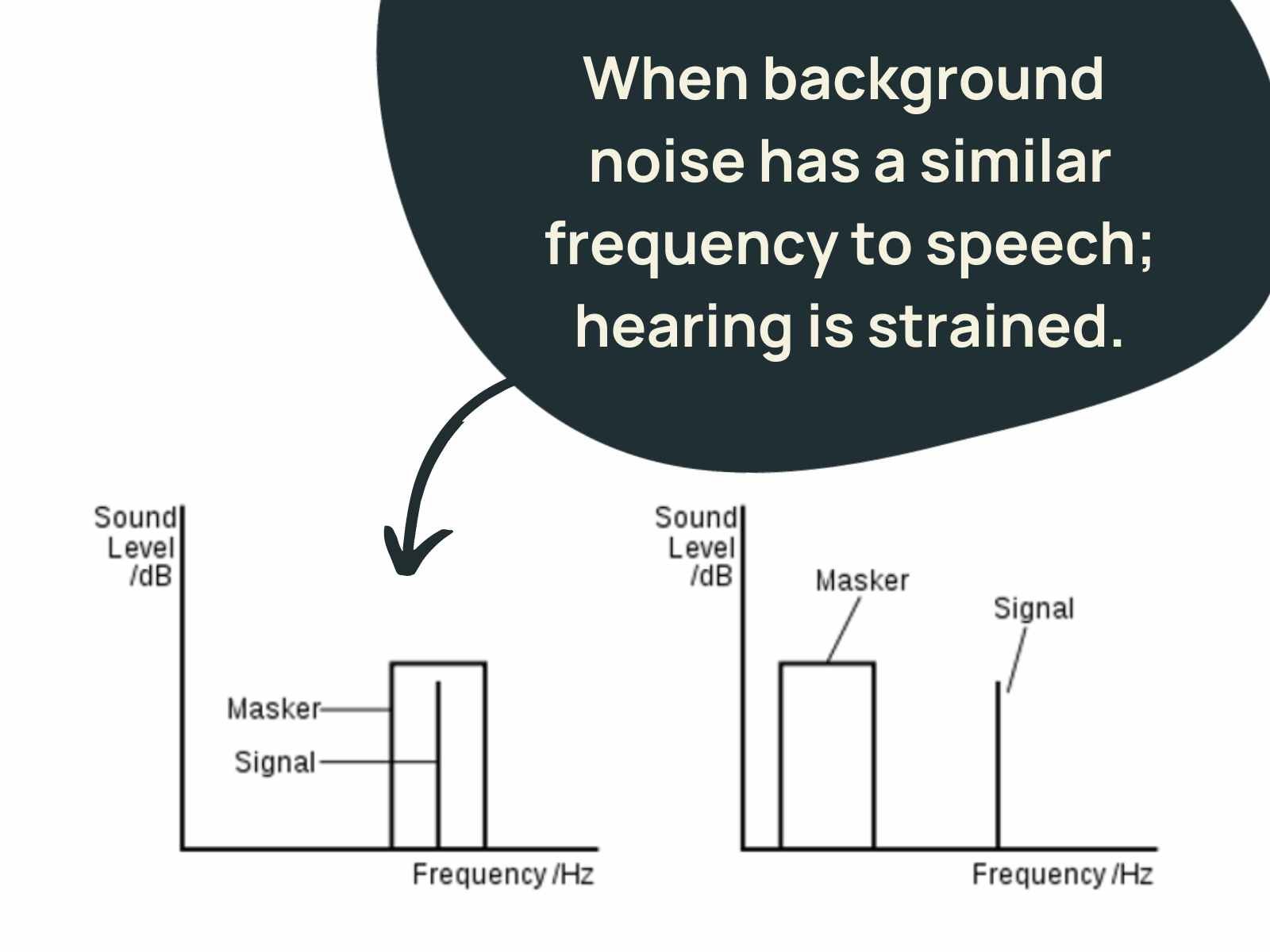
Sometimes even individuals with normal hearing can struggle with this, for example, individuals with auditory processing disorder. People with hearing loss often struggle with this aspect, and hearing aids can help by enhancing speech sounds and reducing background noise.
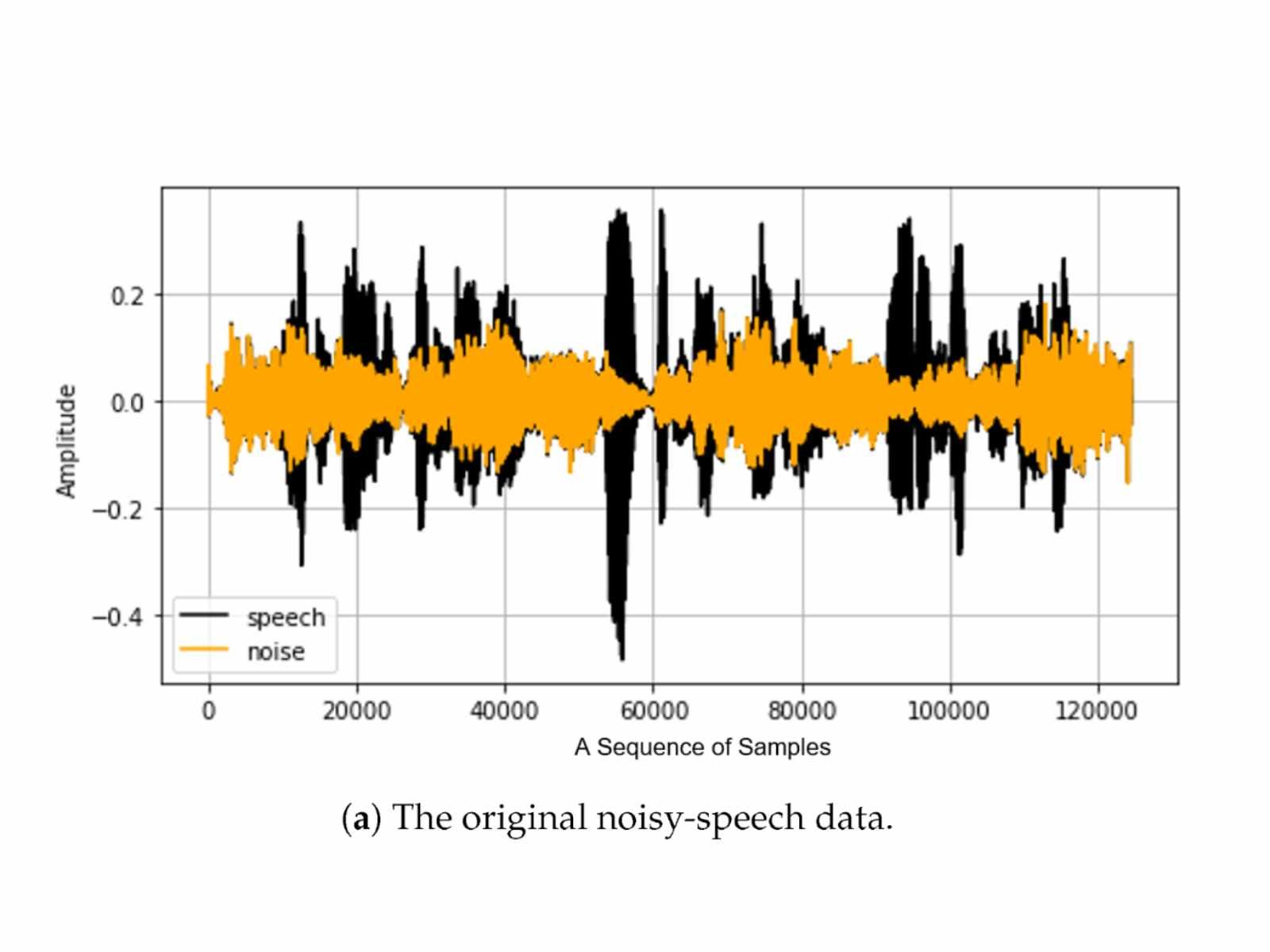
Directional Hearing
Directional hearing is another fascinating ability of the human auditory system. This refers to our ability to determine the direction from which sounds are coming.
We can do this because we have two ears, and the sounds reaching each ear arrive at slightly different times and intensities. Our brain processes these differences and determines the sound's location in space. We rely on timing differences for low-frequency sounds (below 1500 Hz) to determine location, while high frequencies (above 1500 Hz) rely on level differences to determine location. Think of it like having a built-in GPS just for sound.
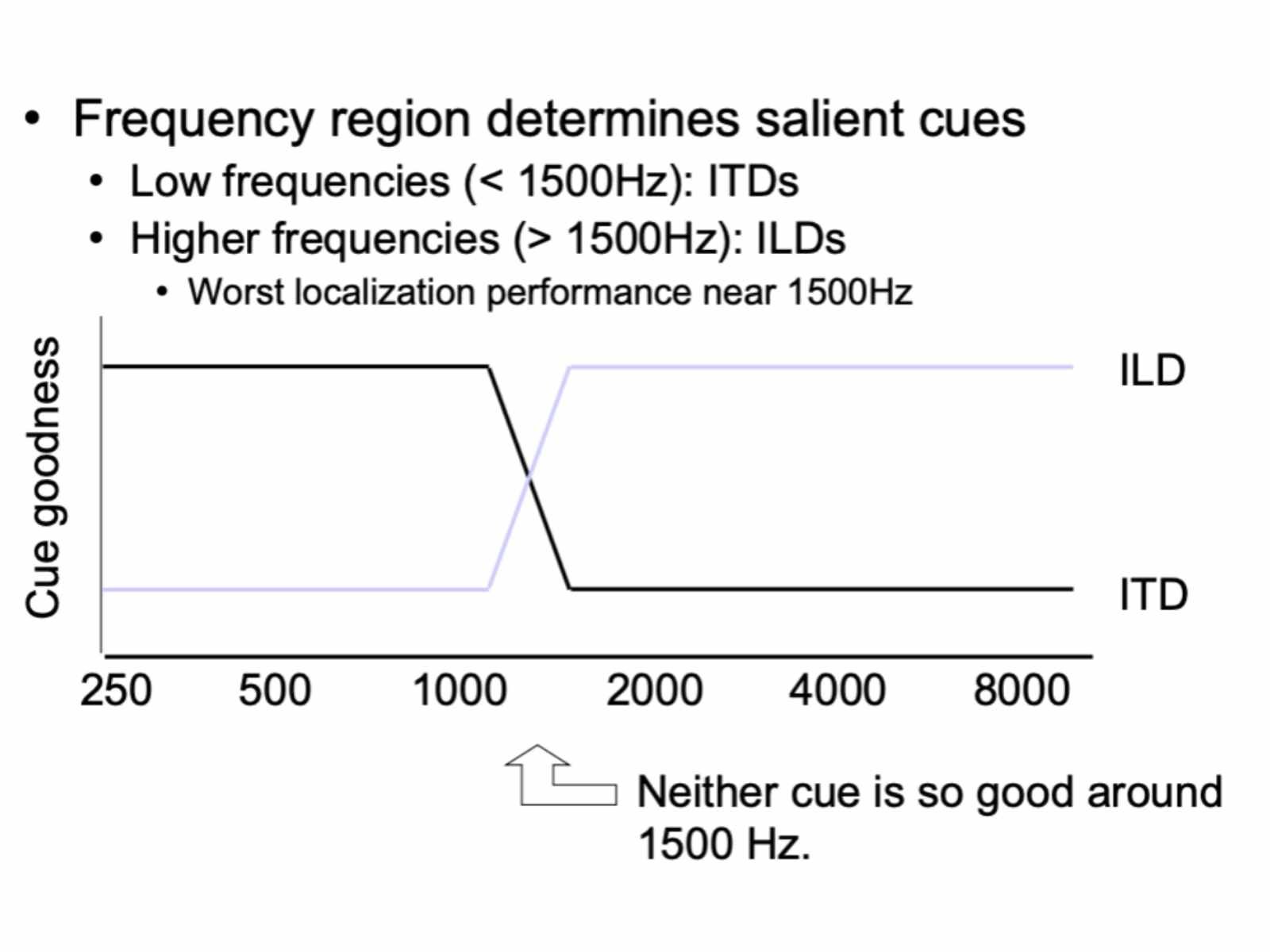
This localization ability was essential for survival, as it helps us to detect potential threats, including predators or other dangers.
However, our localization acuity depends on whether the sound is located in front, to the side, behind, or above. Humans are very good at locating sounds in front of us, usually within 1 degree of the source (the one except it sounds at about 1500 Hz).
When the sound source is to the right or left of the head, localization is restricted to within about 15 degrees. Additionally, localizing a noise rather than a pure tone sound is much easier. However, humans have some limitations in an area called the "cone of confusion," meaning it is difficult to tell if a sound is coming from the right or left when it is just in front or behind us.
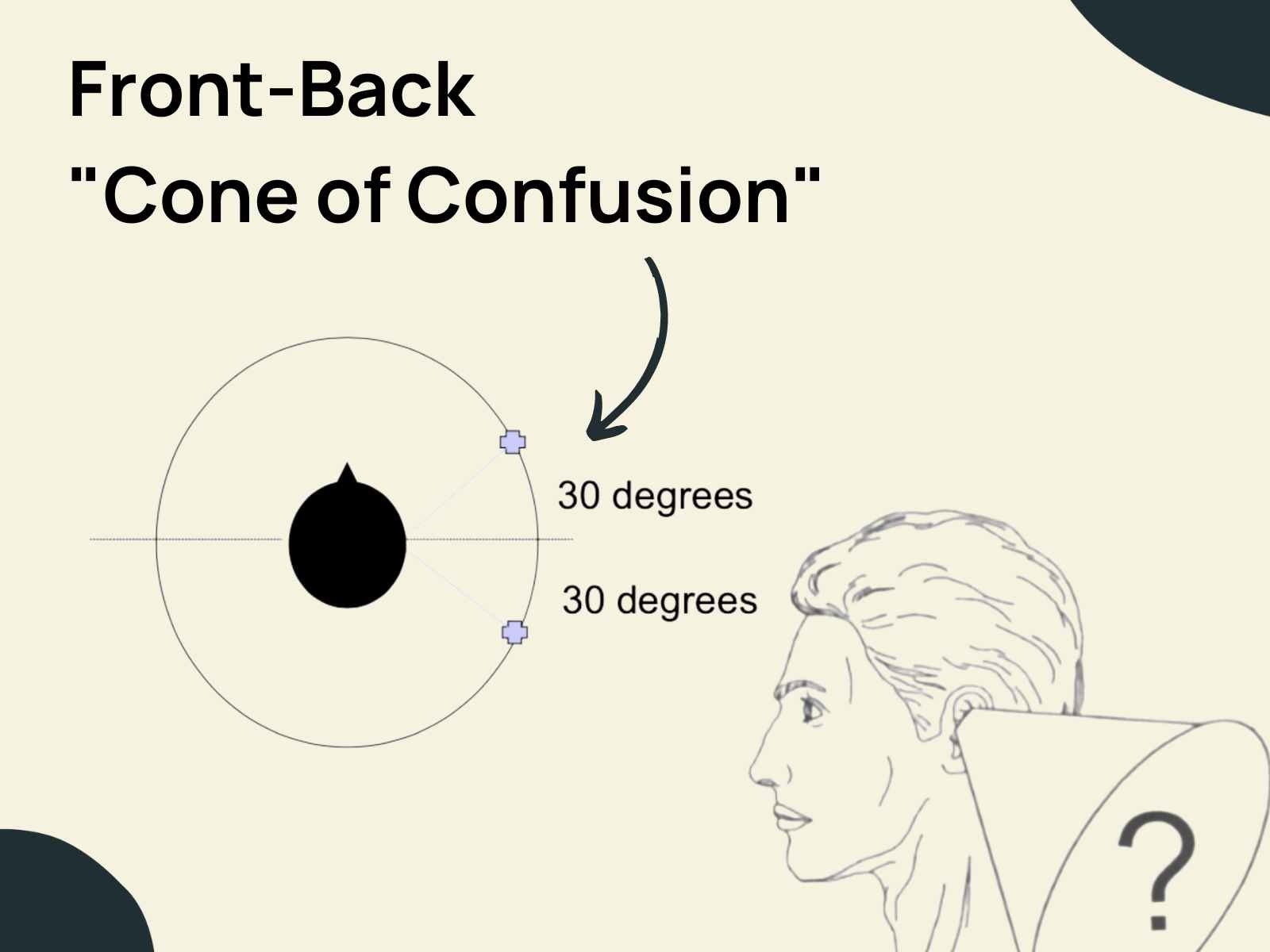
It becomes much easier to localize if we can move our heads as we receive additional spatial information to help resolve the confusion. But, individuals with asymmetric or unilateral hearing loss cannot equally localize sounds. That is because our best localization abilities occur when we hear about the same in both ears.
⭐ FYI: While a CROS hearing aid can help individuals hear speech better on the poorer ear side, it cannot help with localization.
When it comes to sounds above our heads, our superpowers dwindle.
Locating these sounds is difficult because our ears can't rely on timing or intensity differences to determine elevation. Determining the sound location for sounds above the head is very poor. Localizing these sounds is easiest when they are directly above the head. Our pinna (the outer part of our ears) can give us a little help, but we're much better at locating sounds on the same level as us.
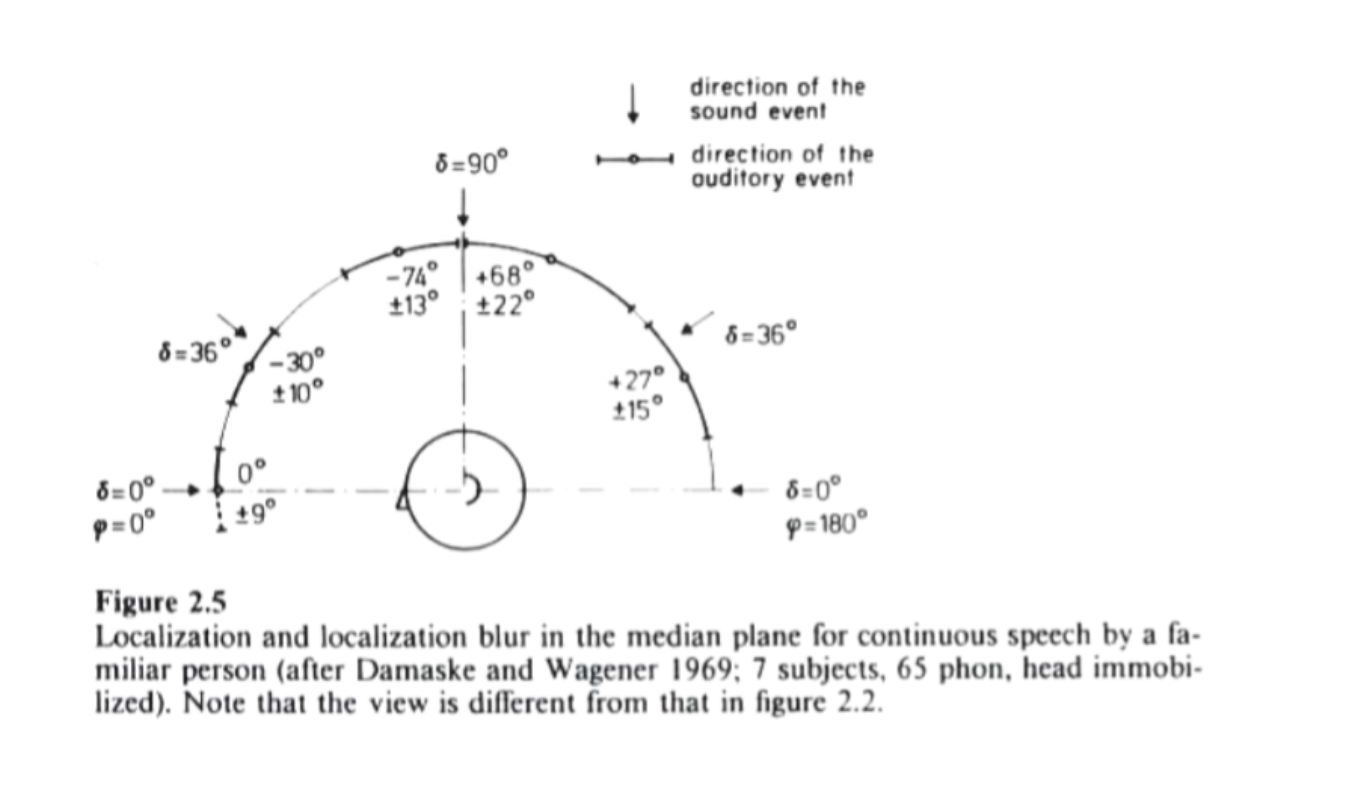
Human Hearing vs. Animal Hearing
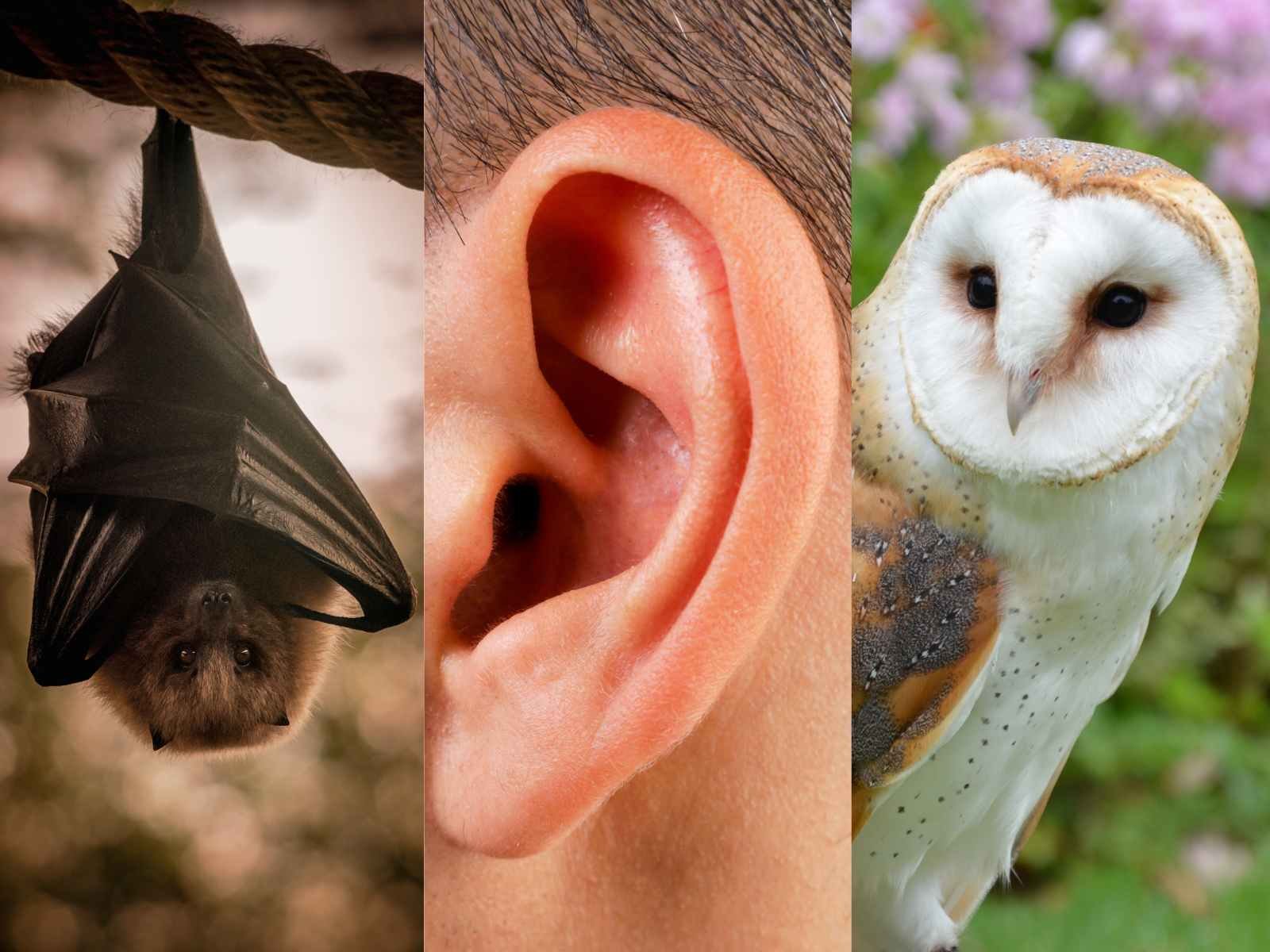
When it comes to hearing abilities, humans are no match for some animals. For instance, dolphins, bats, and owls have some of the best hearing in the animal kingdom.
⭐ Bats use echolocation to "see" in the dark by emitting high-frequency sounds and listening to their echoes. This gives them an incredible ability to navigate their environment, locate prey, and avoid predators.
⭐ Dolphins can also use echolocation to help keep them safe and hunt for food.
⭐ Owls have a slight asymmetry in where their ears are located on their head, allowing them to pinpoint their prey to a high degree of specificity.
While humans don't have this skill, seeing what is possible is pretty impressive, thanks to a keen sense of hearing.
Other Cool Facts About Hearing
In addition to these fascinating facts about hearing, there are many other interesting things to know. For instance, did you know that some people have a condition called synesthesia, where sounds are perceived as colors or shapes?
In psychoacoustics, there is also a fascinating phenomenon called the McGurk effect. Essentially, our sense of hearing can change when it merges with visual cues, resulting in an auditory-visual illusion. Here's a short video that illustrates this effect.
You may also remember that whole Yanny or Laurel debate a few years back. This stuff is truly fascinating. The human auditory system is truly a remarkable and complex sense that is still being studied and understood.
Conclusion
In conclusion, the human auditory system is a marvel of biological engineering, capable of processing an array of sound information to help us navigate our environment, communicate with one another, and enjoy the beauty of music and the rhythmic patterns of nature.
While sometimes hampered by issues like background noise or the complexities of sound localization, our hearing abilities are impressively versatile. Whether it's the amazing phenomenon of synesthesia or the mind-boggling McGurk effect, our auditory system continuously defies our expectations and offers new avenues for scientific exploration. Indeed, while we may not possess the echolocation abilities of bats or the keen auditory precision of owls, our hearing capabilities serve us exceptionally well in our daily lives.
As we continue to explore this incredible sense, we can look forward to uncovering more fascinating facts about the human auditory system.






